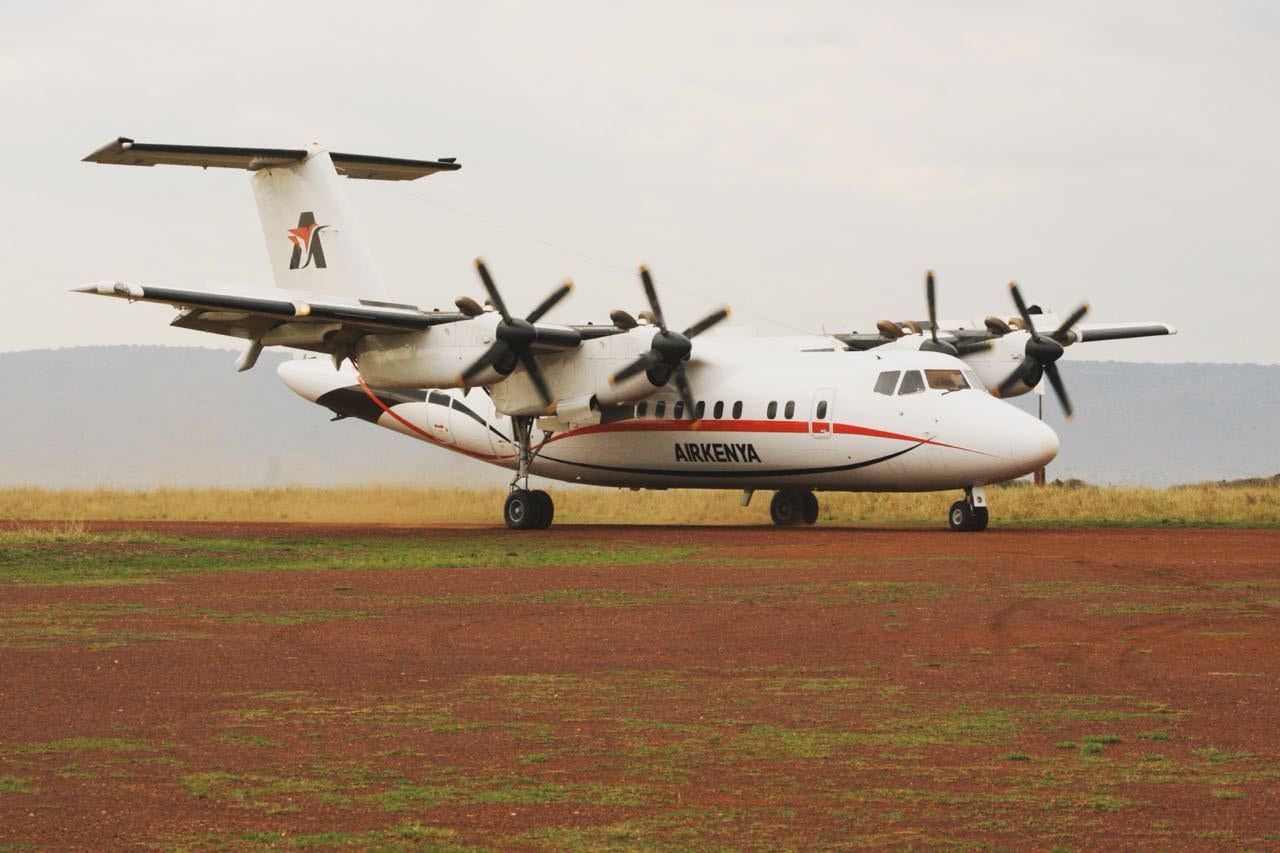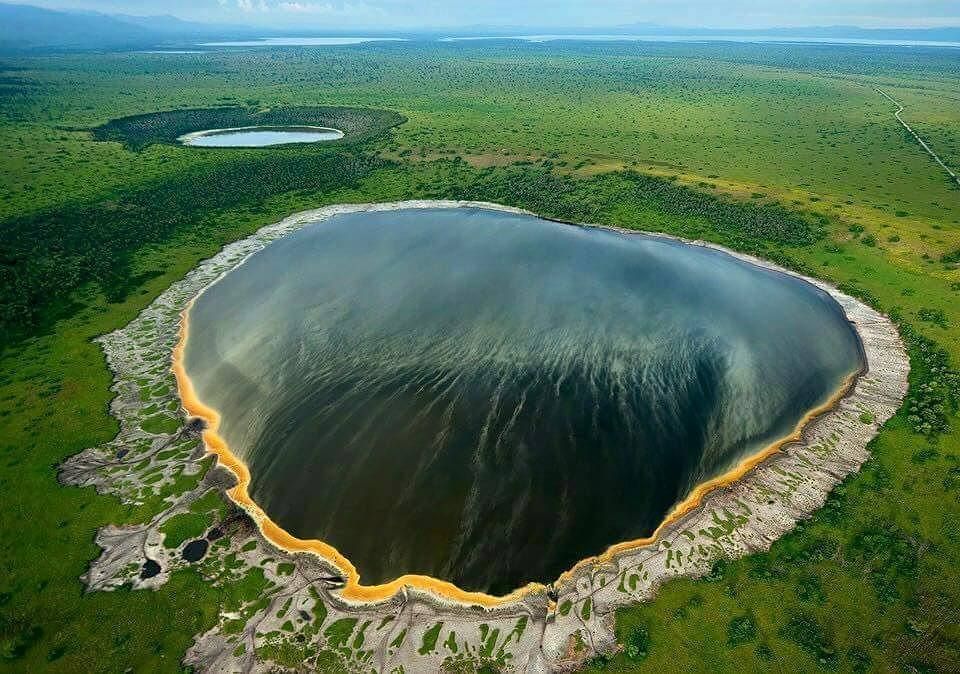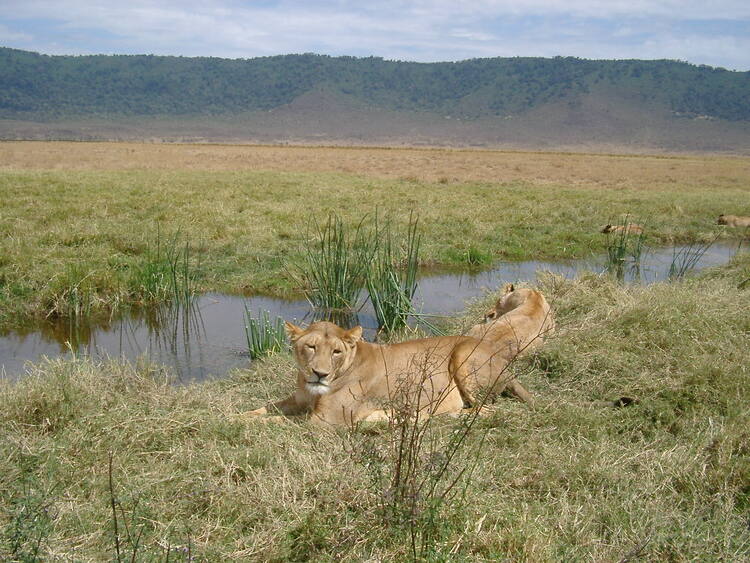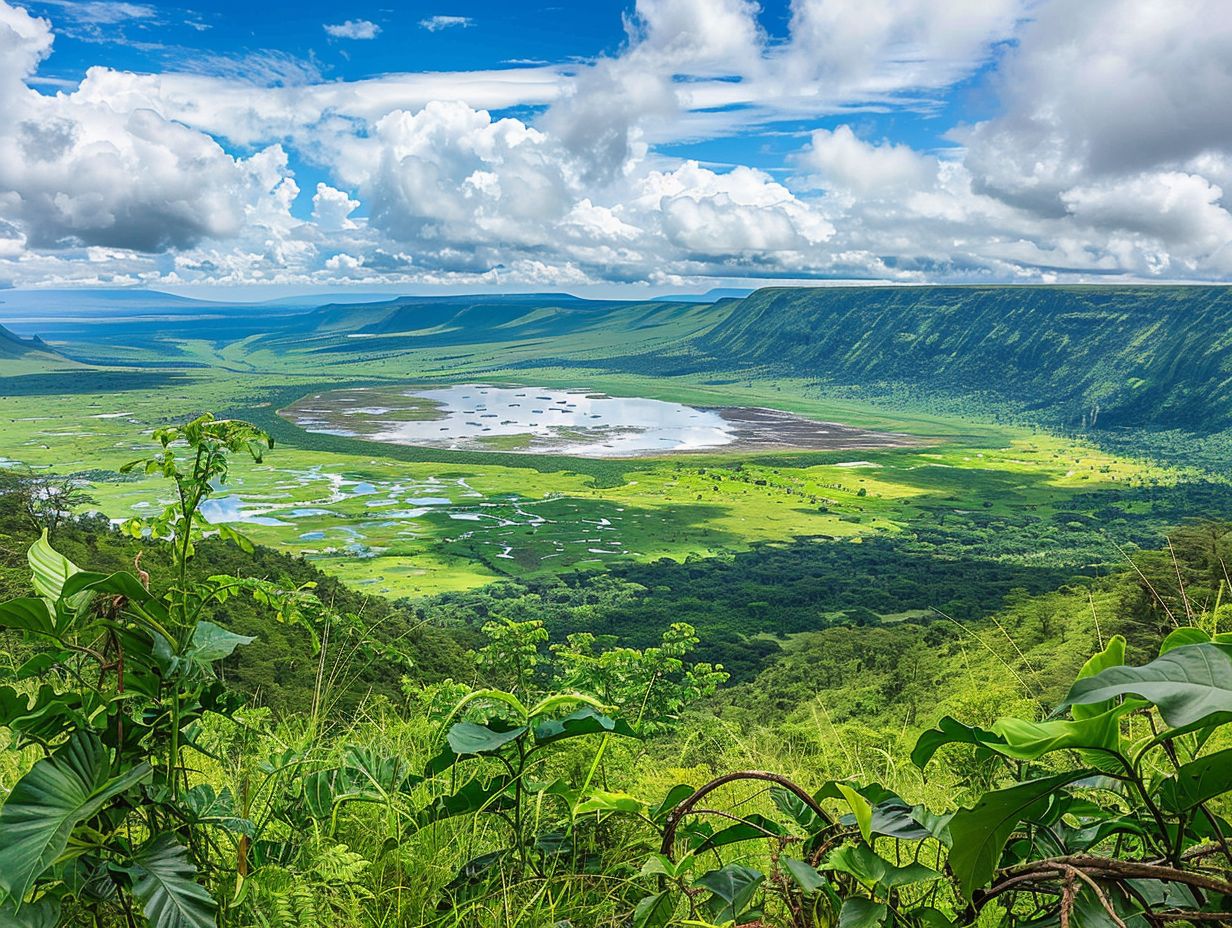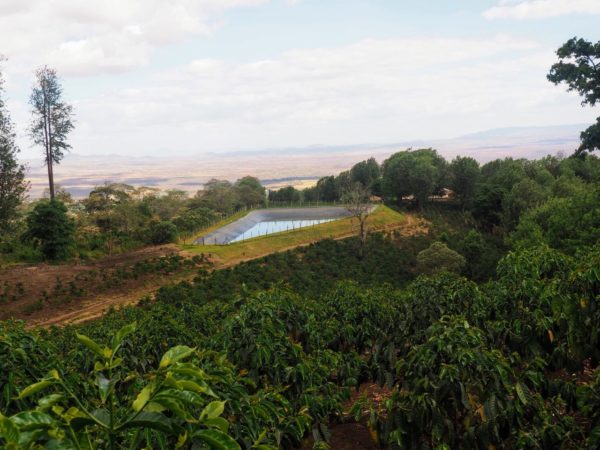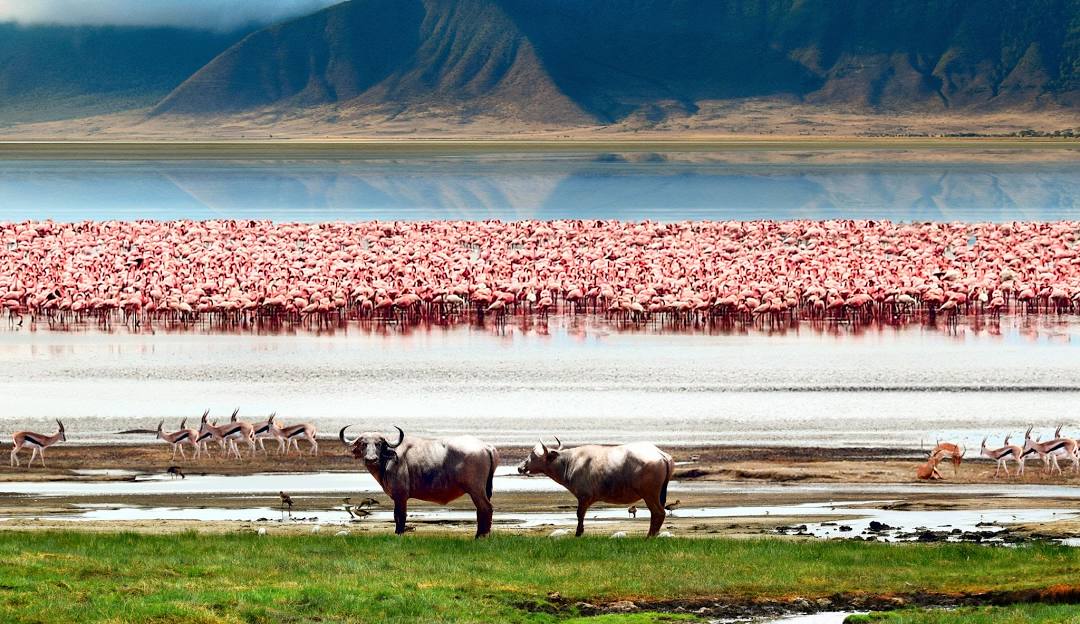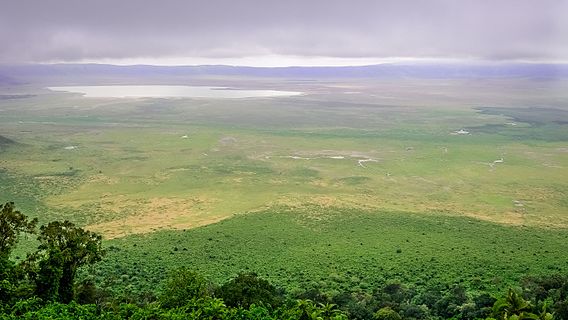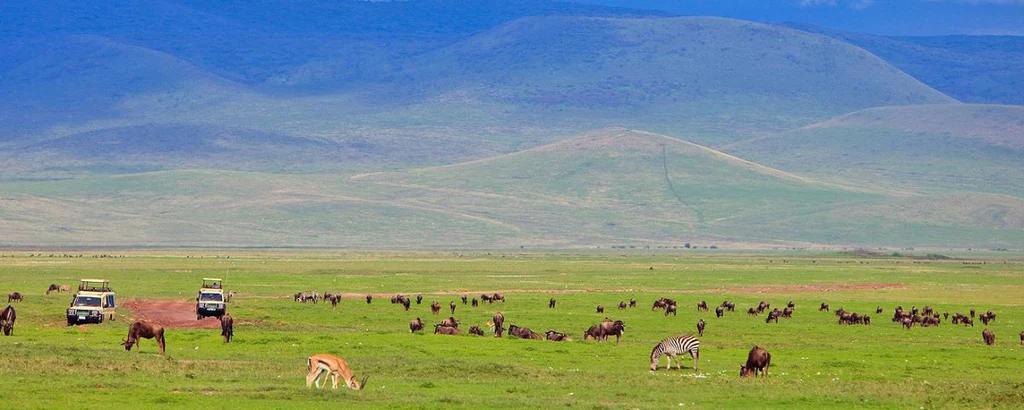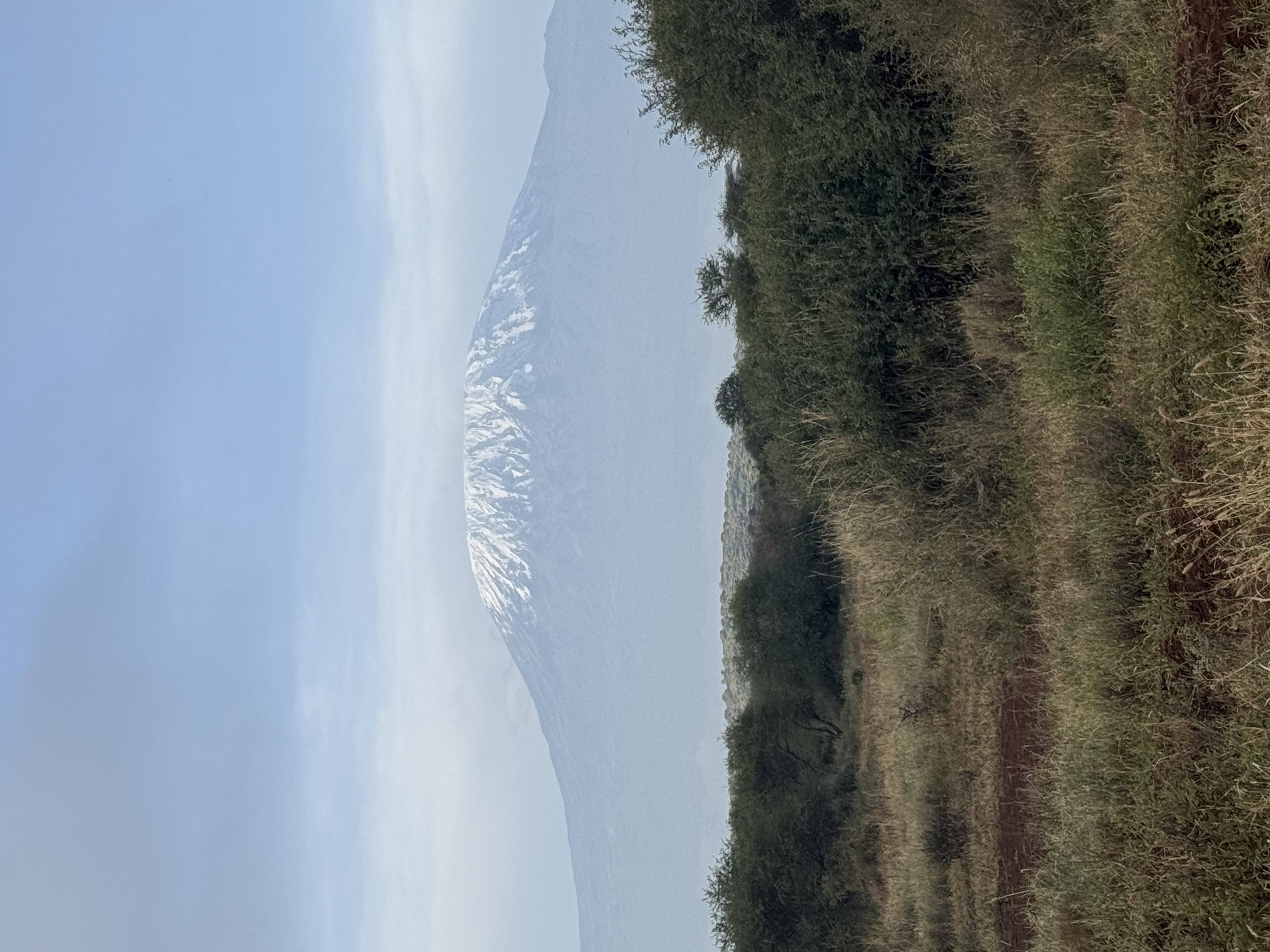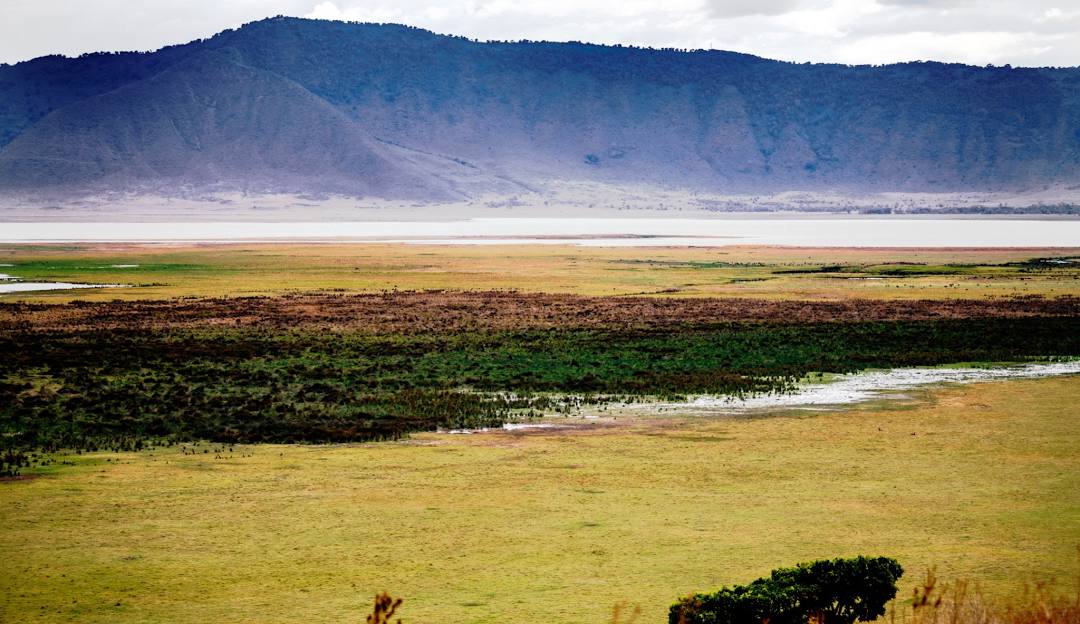
Ngorongoro Creter
Overview
The Ngorongoro Crater, often referred to as the "Eighth Wonder of the World," is a breathtakingly beautiful and unique geological formation located in northern Tanzania. This UNESCO World Heritage Site is the world's largest inactive, intact, and unfilled volcanic caldera, formed approximately two to three million years ago. The Crater, which spans about 260 square kilometers (100 square miles) with a depth of 610 meters (2,000 feet), is renowned for its stunning landscapes, abundant wildlife, and rich history.The Ngorongoro Crater was formed when a massive volcano exploded and collapsed on itself millions of years ago. This event created the caldera, a large, bowl-shaped depression that is now a haven for wildlife.The Crater's walls rise steeply to heights of 400 to 600 meters (1,300 to 2,000 feet), enclosing a flat floor that features a variety of ecosystems, including grasslands, swamps, lakes, and forests. The Crater's floor is predominantly covered by open grasslands, which support large herbivore populations.This lush forested area within the Crater is home to a variety of bird species and provides shelter for elephants and other wildlife. These water bodies attract a wide range of animals, particularly during the dry season.The Ngorongoro Crater is one of the few places in Africa where visitors can see all of the Big Five (lion, leopard, elephant, buffalo, and rhinoceros) in a single game drive. The Crater is especially famous for its large lion population and the critically endangered black rhinoceros. The Crater supports high densities of zebras, wildebeests, and gazelles, which in turn attract predators such as cheetahs, hyenas, and jackals. The balance of predator and prey ensures thrilling wildlife encounters for visitors.Birdwatchers will find the Crater a paradise, with over 500 bird species recorded, including flamingos, ostriches, and various raptors.
Park access
If
Park gates
If
Park attractions
If
Park wildlife
If
Camping
If

